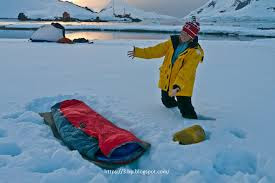“Active learning is generally defined as any instructional method that engages students in the learning process. In short, active learning requires students to do meaningful learning activities and think about what they are doing” (Prince, 2004). Active learning is very important because students will be more enthusiastic and learning outcomes will be maximized
By using strategy active learning students are doing more than simply
listening; the aim is skills-development rather than just conveying
information; students engage in activities (e.g. discussion, debate,
application of principles) aimed to promote higher-order thinking (such as
critical thinking, analysis etc). Simulations are becomingly increasingly used
in International Relations as tools for active learning, and are well suited to
particular topics, however here I wanted to think more broadly about the ways
in which active learning could be integrated into any and all lecture topics.
Next week I will post a list of strategies for active learning that could be
easily integrated into large lectures, including a wide variety of ideas for
varying what students are doing, seeing and hearing.
Promoting active learning in lectures has many benefits for student
learning. The drop-off in concentration can be limited by using a different
approach to learning each 15 minutes (which means changing the way students are
engaged, rather than changing topics). Active learning promotes recall and
deeper understanding of material, as students are engaging with the content
rather than simply listening to it. There are also equity benefits that flow
from active learning, as lower-performing
students have greater benefits from active learning than students who are already
achieving high grades. Another equity outcome from active learning is that
using different modes of delivery supports students who have different learning
styles. There are clear ethical as well as pedagogical benefits to the use of
active learning techniques.
Interacting with content through active learning has some compelling
advantages over ‘delivery mode’ lectures. It helps to maintain student
concentration and deepens learning towards the higher-level skills like
critical thinking. It also helps to engage students who might otherwise
struggle. This does not mean doing away with spoken lectures, rather it means
integrating different ways of engaging with the material at regular intervals
throughout the lecture. Next week I will offer a range of possible strategies for making lectures more
interactive. Students report that active learning can enhance learning, be more fun, and can help maintain
concentration.
Note:
1.
The
source of article https://www.e-ir.info/2015/10/08/what-is-active-learning-and-why-is-it-important/
2.
Some
pictures taken from google.






















